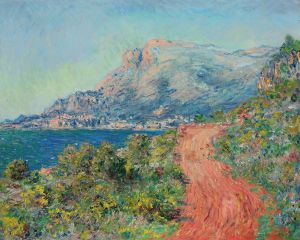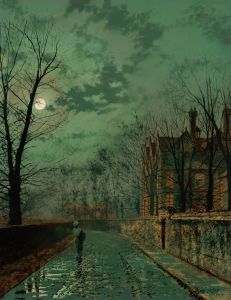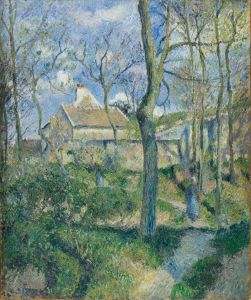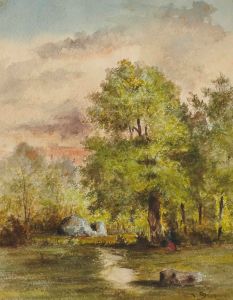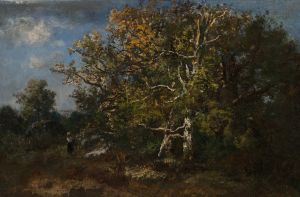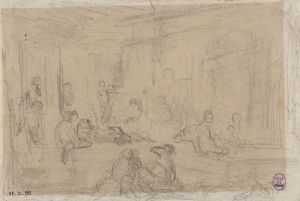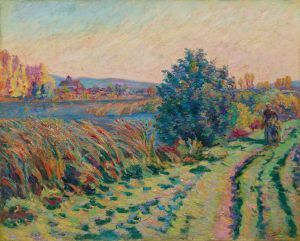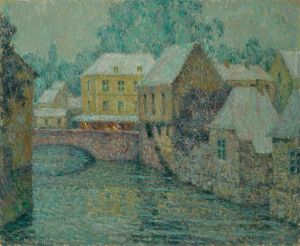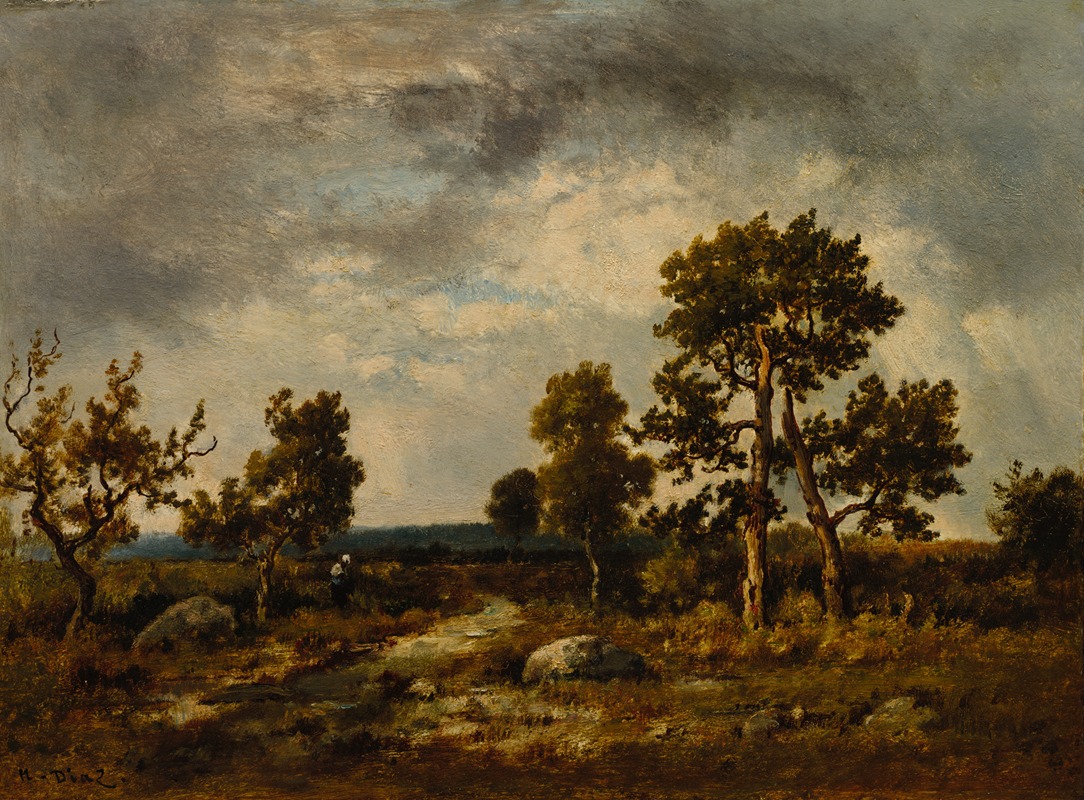
Path Near the Pond of Vipers, Fontainebleau Forest
A hand-painted replica of Narcisse-Virgile Diaz de La Peña’s masterpiece Path Near the Pond of Vipers, Fontainebleau Forest, meticulously crafted by professional artists to capture the true essence of the original. Each piece is created with museum-quality canvas and rare mineral pigments, carefully painted by experienced artists with delicate brushstrokes and rich, layered colors to perfectly recreate the texture of the original artwork. Unlike machine-printed reproductions, this hand-painted version brings the painting to life, infused with the artist’s emotions and skill in every stroke. Whether for personal collection or home decoration, it instantly elevates the artistic atmosphere of any space.
Narcisse-Virgile Diaz de la Peña was a prominent 19th-century French painter, known for his association with the Barbizon School, a movement that emphasized naturalism and was a precursor to Impressionism. One of his notable works is "Path Near the Pond of Vipers, Fontainebleau Forest," which exemplifies his skill in landscape painting and his ability to capture the essence of nature.
Diaz de la Peña was born on August 20, 1807, in Bordeaux, France, to Spanish parents. He faced significant hardships early in life, including the loss of his father and an accident that resulted in the amputation of his leg. Despite these challenges, he pursued a career in art, initially working as a porcelain painter before transitioning to oil painting. He became associated with the Barbizon School, a group of artists who settled in the village of Barbizon near the Forest of Fontainebleau, seeking to paint landscapes directly from nature.
"Path Near the Pond of Vipers, Fontainebleau Forest" is a testament to Diaz de la Peña's fascination with the natural world and his mastery of color and light. The painting depicts a serene scene within the Forest of Fontainebleau, a location that was a frequent subject for Diaz and other Barbizon painters. The forest, with its diverse flora and unique light, provided an ideal setting for artists to explore the interplay of light and shadow, a hallmark of the Barbizon style.
In this painting, Diaz de la Peña employs a rich palette to convey the lushness of the forest. The path, winding through the dense foliage, invites the viewer into the scene, creating a sense of depth and perspective. The artist's use of light is particularly noteworthy; dappled sunlight filters through the canopy, casting gentle highlights on the path and surrounding vegetation. This treatment of light not only enhances the realism of the scene but also imbues it with a sense of tranquility and harmony.
Diaz de la Peña's technique in this work reflects his broader artistic approach. He often used a loose, expressive brushstroke, allowing him to capture the fleeting effects of light and atmosphere. This technique, combined with his keen observation of nature, enabled him to create works that were both realistic and imbued with a sense of emotion and mood.
The Barbizon School, with which Diaz de la Peña was closely associated, played a crucial role in the development of landscape painting in the 19th century. By focusing on natural settings and painting en plein air, these artists laid the groundwork for the Impressionists, who would further explore the effects of light and color. Diaz de la Peña's contributions to this movement were significant, and his works continue to be celebrated for their beauty and technical proficiency.
"Path Near the Pond of Vipers, Fontainebleau Forest" is a fine example of Diaz de la Peña's ability to capture the essence of the natural world. Through his skillful use of color, light, and composition, he invites viewers to experience the serene beauty of the forest, reflecting the ideals of the Barbizon School and his own artistic vision.





